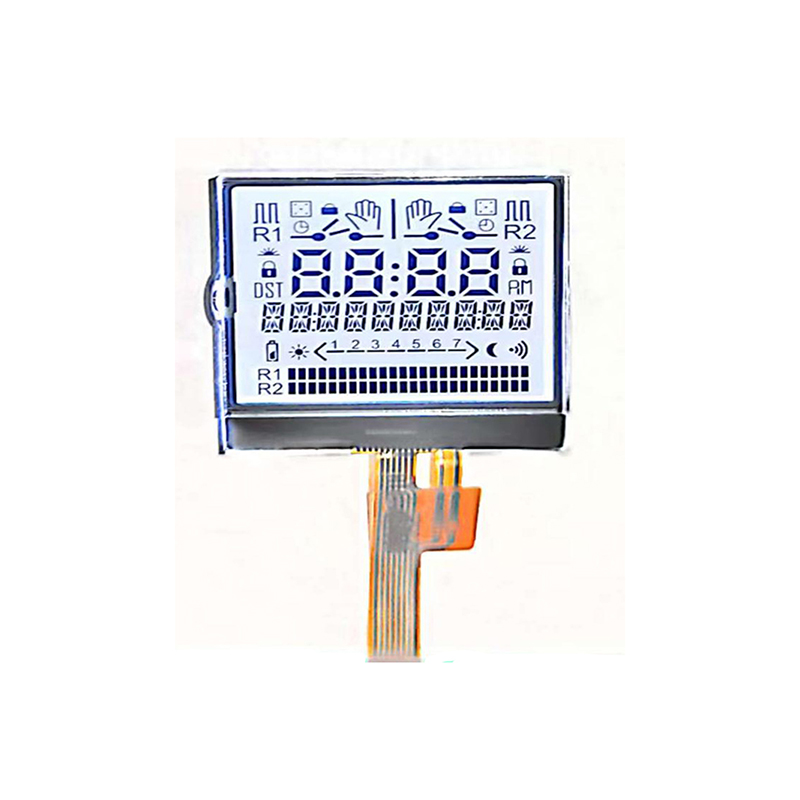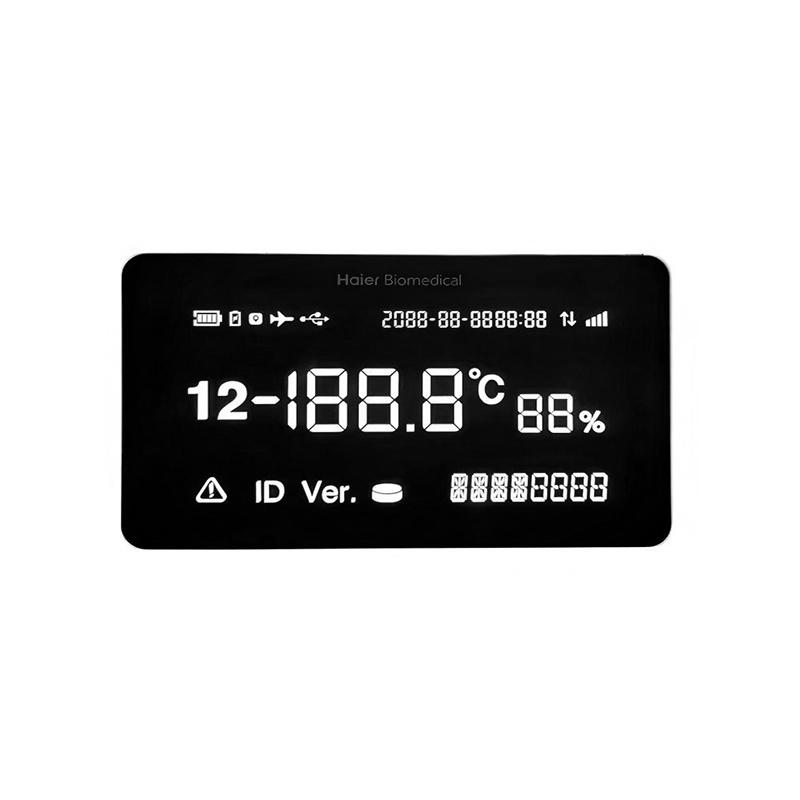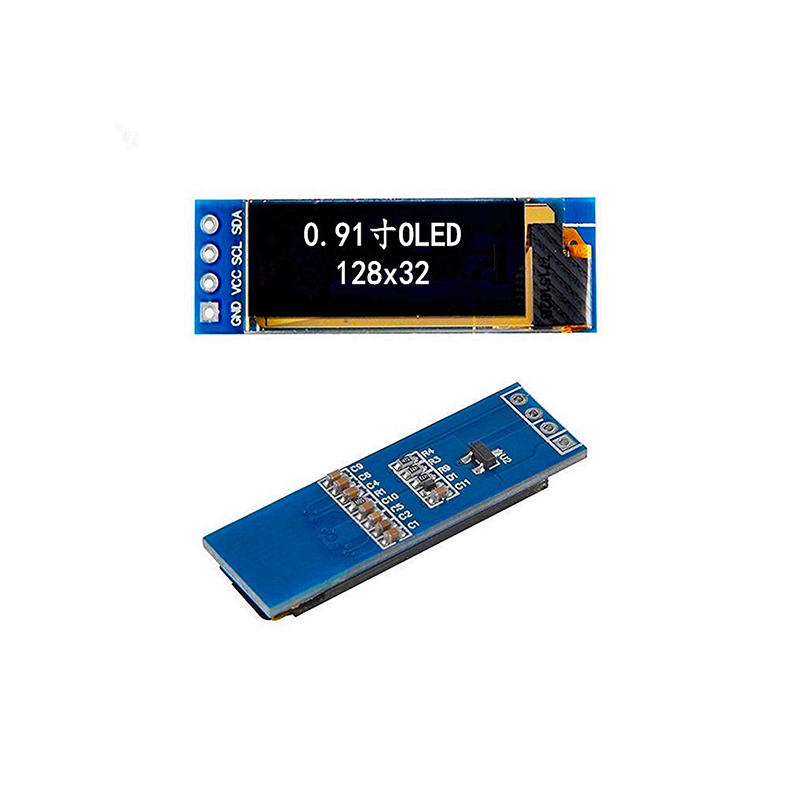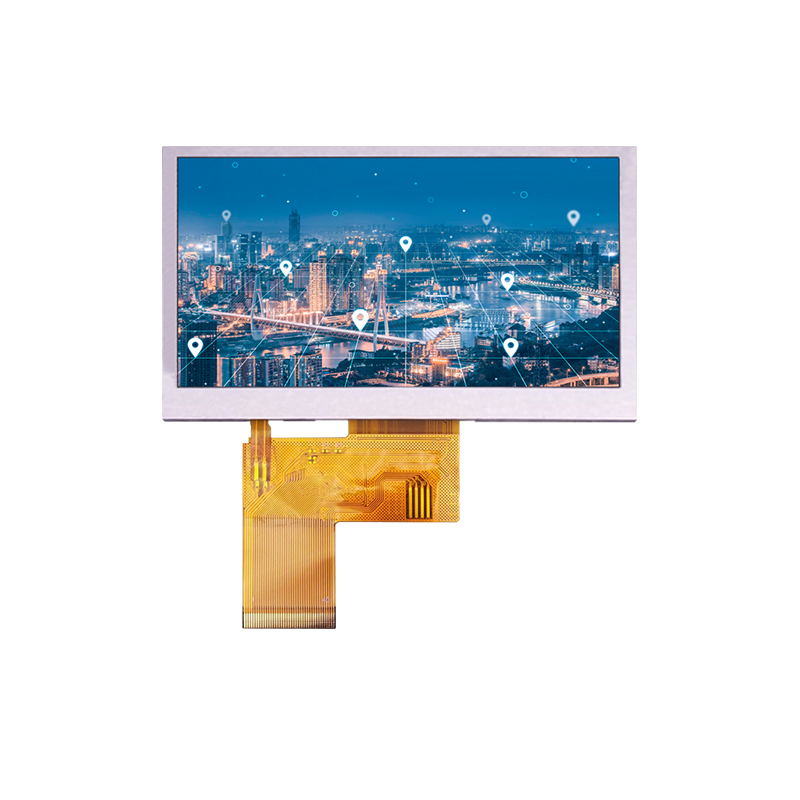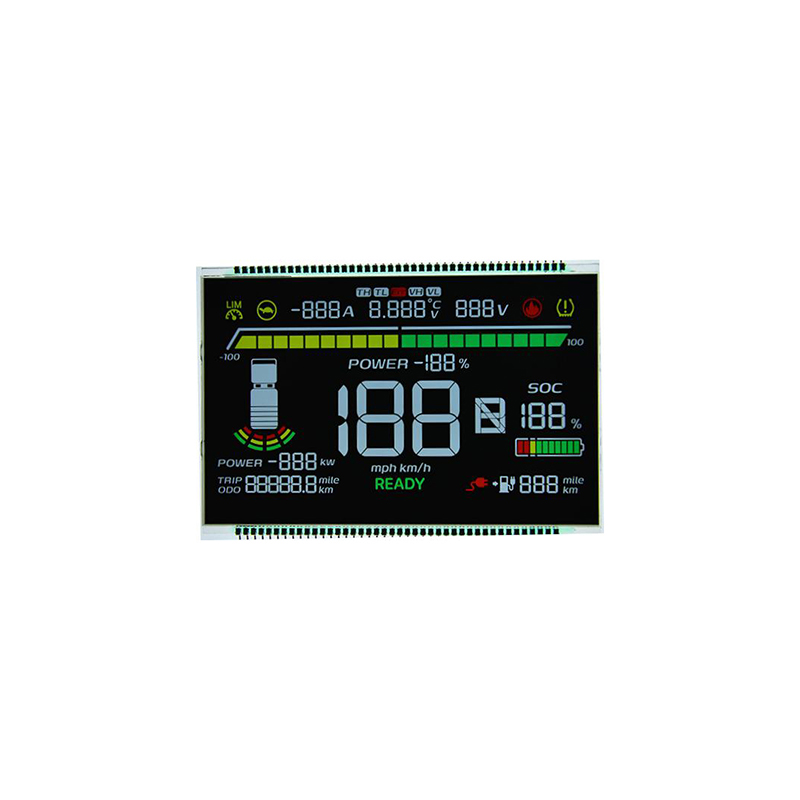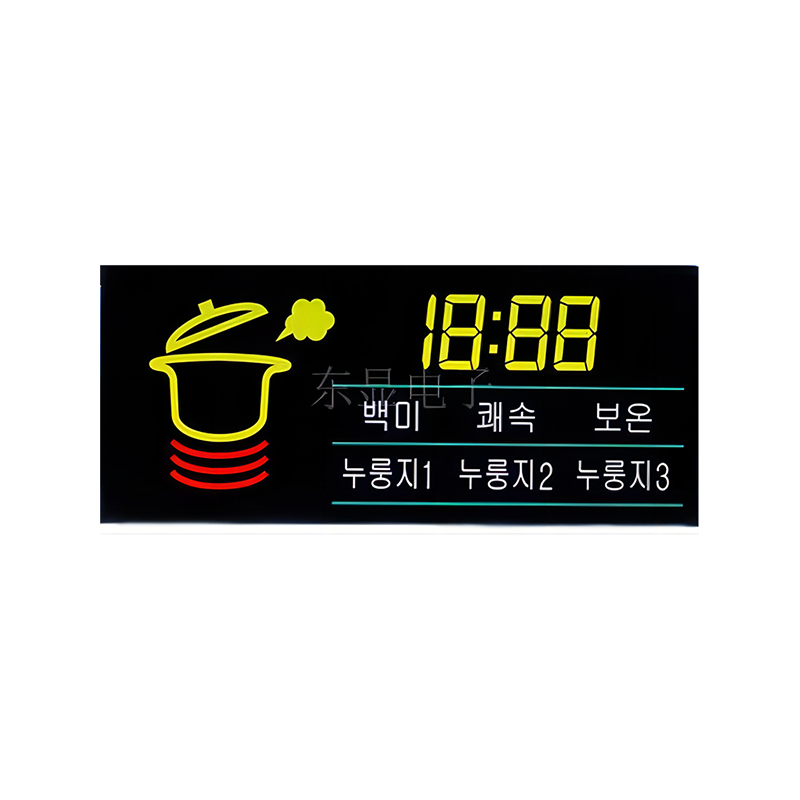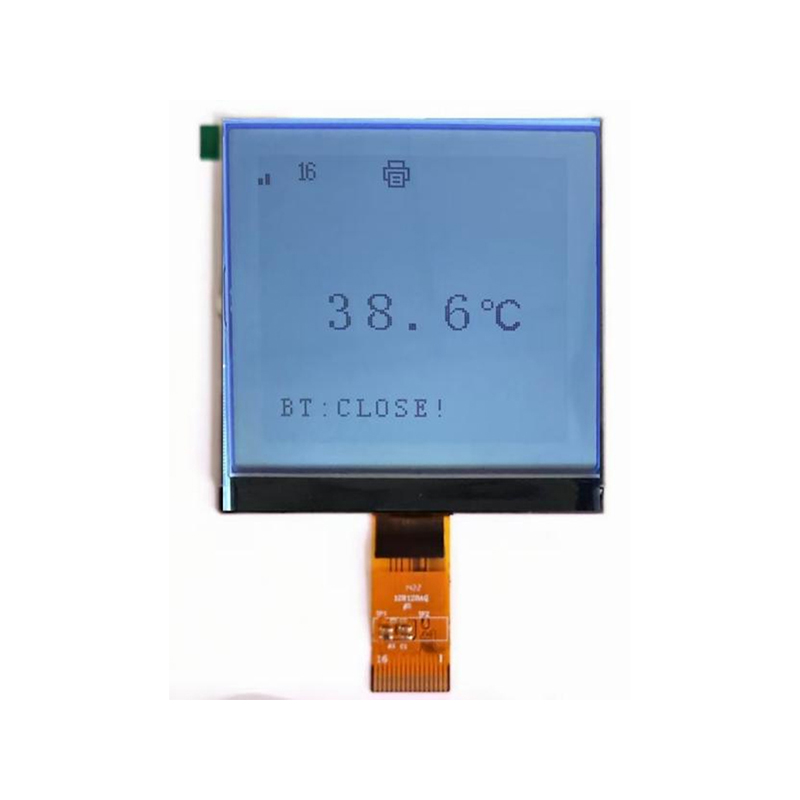Custom LCD Display: A Comprehensive GuideChoosing the right custom LCD display can be a daunting task. This guide provides a detailed overview of everything you need to know, from understanding different display technologies to selecting the perfect solution for your specific application. We'll explore key specifications, common use cases, and considerations for successful implementation.
Understanding Custom LCD Display Technology
Types of LCD Displays
There are various types of custom LCD displays available, each with its own strengths and weaknesses. Common types include: TN (Twisted Nematic): Known for their low cost and fast response times, but offer limited viewing angles and color reproduction. IPS (In-Plane Switching): Provide superior color accuracy, wider viewing angles, and better image quality, but typically come at a higher price point. VA (Vertical Alignment): Offer a good balance between contrast ratio, viewing angles, and response time, often a preferred choice for applications requiring deep blacks.Choosing the right technology depends heavily on your application's requirements. For high-fidelity image displays, IPS is generally preferred. For cost-sensitive applications where viewing angles aren't critical, TN may be sufficient. VA technologies often find a sweet spot between these two extremes.
Key Specifications to Consider
Several key specifications must be carefully considered when selecting a custom LCD display: Resolution: Measured in pixels (e.g., 1280x720, 1920x1080), this determines the sharpness and detail of the displayed image. Higher resolution generally leads to a sharper, more detailed image, but also increases the cost and power consumption. Size: Display size is measured diagonally in inches. The required size is dictated by the application, whether it’s a small display for a handheld device or a large screen for an industrial control panel. Brightness: Measured in cd/m2 (candela per square meter), brightness determines the display's visibility in various lighting conditions. Higher brightness is necessary for applications in bright environments. Contrast Ratio: This represents the difference between the brightest white and the darkest black the display can produce. A higher contrast ratio results in richer, more vibrant images. Response Time: Measured in milliseconds (ms), response time refers to how quickly the pixels can change color. Faster response times are crucial for applications with moving images to prevent blurring. Viewing Angle: The angle from which the image remains clear and undistorted. Wider viewing angles are preferred for applications where multiple people may view the display simultaneously.
Choosing the Right Manufacturer
Selecting a reputable manufacturer is paramount. Consider factors such as experience, quality control processes, and customer support. A company with a proven track record and a strong reputation for reliability, such as Dalian Eastern Display Co., Ltd. (
https://www.ed-lcd.com/), is crucial for your project's success. They offer a wide range of high-quality custom LCD displays tailored to specific needs.
Custom LCD Display Applications
Custom LCD displays find applications across various industries: Industrial Automation: Used in machinery control panels, instrumentation, and process monitoring. Medical Devices: Integrated into diagnostic equipment, patient monitors, and surgical tools. Automotive: Featured in dashboards, infotainment systems, and driver assistance displays. Consumer Electronics: Used in smartphones, tablets, televisions, and other portable devices. Military and Aerospace: Used in ruggedized displays for avionics, navigation, and weapon systems.
Designing Your Custom LCD Display
Designing a custom LCD display involves close collaboration with a manufacturer to specify the required features and functionalities. Key considerations include: Form Factor: The physical size, shape, and mounting options of the display. Interface: The method of connecting the display to the controlling system (e.g., LVDS, SPI, parallel). Backlight: The type of backlight used (e.g., LED, CCFL) will significantly impact power consumption, brightness, and cost. Touchscreen Functionality: The incorporation of touch input capabilities adds interactivity.
The Cost of Custom LCD Displays
The cost of a custom LCD display depends on a variety of factors, including: Size and Resolution: Larger displays and higher resolutions generally cost more. Technology: IPS displays are typically more expensive than TN displays. Features: Additional features, such as touchscreens and specialized backlights, add to the overall cost. Order Quantity: Larger order quantities generally result in lower unit costs.
| Feature | Cost Impact |
| Resolution (higher) | Increases |
| Size (larger) | Increases |
| Touchscreen | Increases |
| Order Quantity (larger) | Decreases |
Remember to consult with a reputable manufacturer like Dalian Eastern Display Co., Ltd. for accurate cost estimates based on your specific requirements. They can help you navigate the complexities of custom LCD display selection and ensure you get the best value for your investment.




